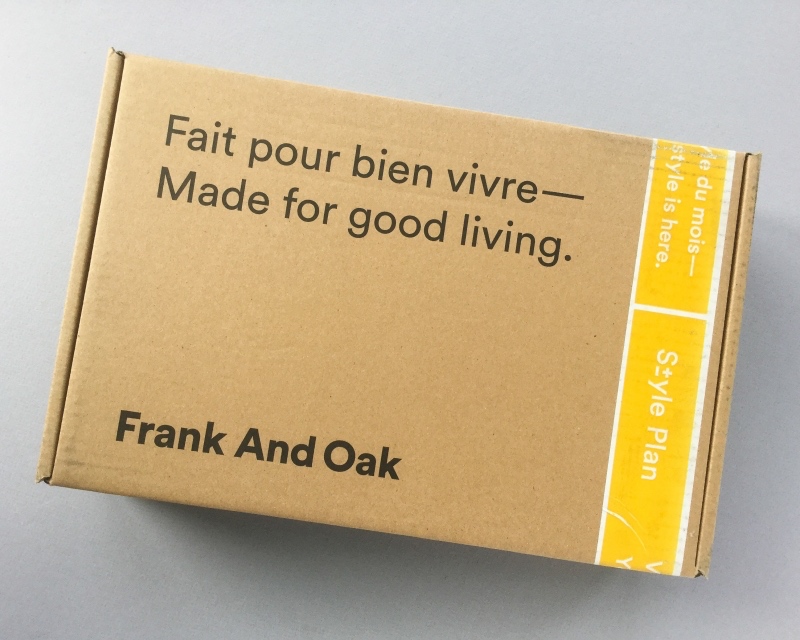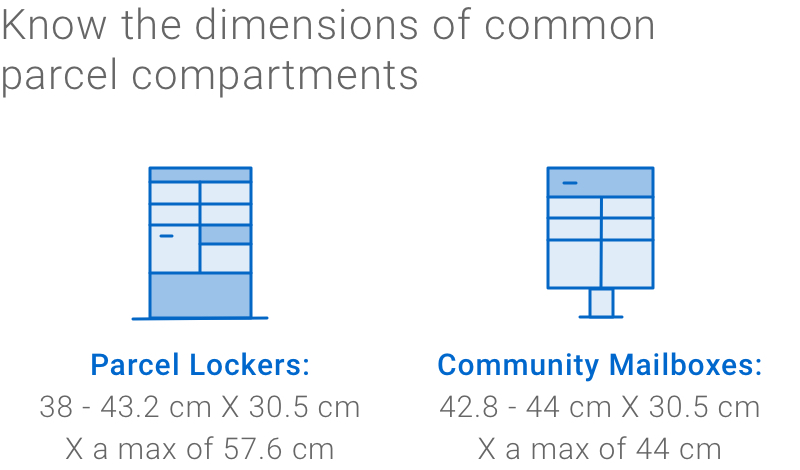This is the second blog of our six-part series on how to efficiently operate your e-commerce business with in-house expert Suveen Suri. In our e-commerce Innovation Lab, she’ll walk you through how to set up an efficient pick-and-pack process, determine the right packaging to ship your orders, and accurately prepare your orders for shipping.
Pick-and-pack processes
So, what does an effective pick-and-pack process look like? A good one is designed to manage costs, minimize errors, and deliver on customer expectations. 50 per cent of shoppers expect their orders to be fulfilled within a day.1 Picking and packing takes time. Doing it quickly is critical to fulfillment success.
To optimize for speed, without increasing cost and error, it’s critical to determine the correct picking method for your needs:
- Basic: You pick your order one item at a time. A picker gets the pick sheet for one order, goes through the fulfillment space and picks just for that one order. It works for a small number of orders and makes it easy to avoid mistakes. Basic order picking is common for smaller, mid-sized merchants.
- Batch: Batch picking is more sophisticated and efficient for multiple-item orders because the picker avoids repeating steps from A to B to C all over the warehouse. Software tells the picker how many of one item to pick for several orders at the same time. Instead of one cart with one box for one order, the picker may push a cart with 10 boxes for 10 orders. This is the most common method used by mid-sized retailers. It streamlines warehouse traffic and enables businesses to fulfill more orders quickly.
- Zone: Larger warehouses. This option is about maximizing efficiency by space. Instead of a picker walking all over a warehouse to find all of the items, one picker would pick all of the items stored in their zone in the warehouse. They know the layout and even the items they’re looking for, so they’re quicker and more efficient. Zone order picking is enabled by technology.
How well you pick and pack depends on how you access your inventory, how you optimize your packaging for your product mix, and how you organize the right tools and spaces to process your orders.
Let us show you how to save time, ship faster, and grow your business with the integrations you need to optimize and automate your pick-and-pack process.
Book a consultationHow to optimize your packaging mix
There are three packaging categories to choose from for shipping your products: boxes, protective mailers, and bags. Each of them comes with its own benefits and drawbacks.
- Boxes:
- Versatile
- Recyclable and reusable
- Strong
- Protective/bubble mailers:
- Inner cushioning
- Cost effective
- Lightweight (especially if you’re shipping smaller items)
- Polybags:
- Weather resistant
- Durable
- Take up less space
Factor in the size of lobby boxes in apartment and condo buildings, or the dimensions of our community mailboxes, when you are choosing which size box to use.
If your package fits, your customer will get the item on the first delivery attempt, rather than have to pick it up at a nearby post office (usually no earlier than the next afternoon).
Efficient packaging is also a great way to minimize costs, which impacts your bottom line. Using the right materials and the right packaging can keep your costs in check while improving the experience for the customer.
Don’t forget about the environment!
63 per cent of online shoppers report that they have high or very high interest in the environment.2 Making more environmentally friendly choices shows your customers that you’re aligned with their interests.
Keep positive packaging in mind and consider these tips:
- Where possible, avoid multi-material packaging
- Increase the percentage of recycled content in your packaging
- Ensure your package is the right size with no unnecessary filler materials
- Communicate with your customers and tell them if and how your packaging can be recycled

A branded package from retailer Frank and Oak.
Canadian brand Frank And Oak uses branded packaging to reinforce their message. They ship their footwear in a well-protected, standard shipping box – so there’s no need to include an additional shoe box inside. Their shipping boxes are also made out of 100 per cent recycled materials.
The key here: Using the right packaging can elevate the customer experience to a whole new level.
Sources:
1 2 Canada Post. 2019 Canadian Online Shopper Study, CPC 19-201, April 2019.
Stay in the loop.
Get free e-commerce tips and resources delivered directly to your inbox.
Sign up now